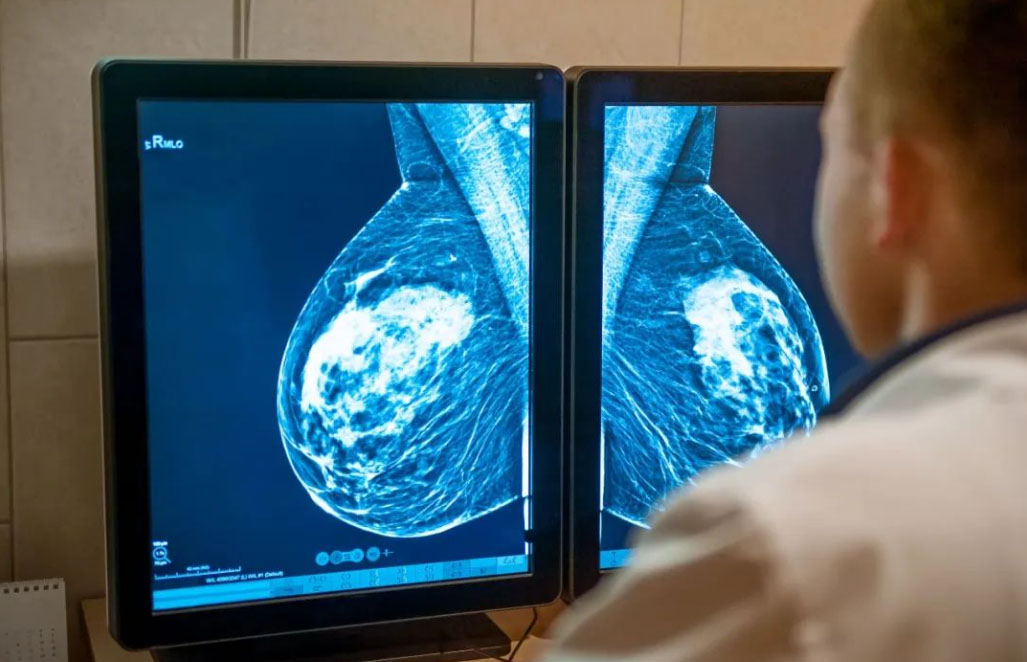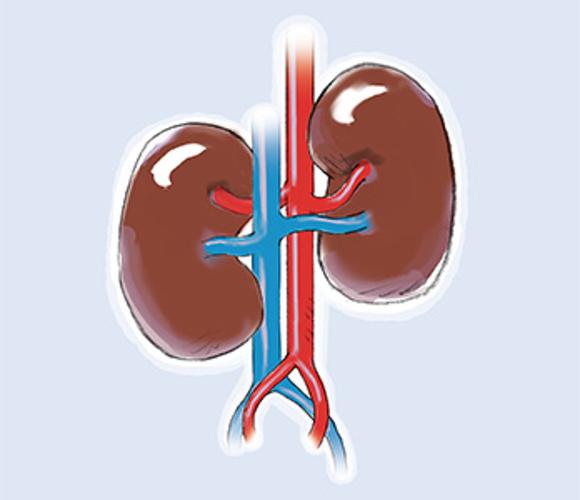Understanding early signs of breast cancer in seniors is crucial for timely detection and effective treatment. This guide focuses on symptoms, risks, and prevention.
Why Early Detection Matters
Breast cancer is more common as women age. Recognizing symptoms early improves treatment success. Regular medical check-ups and mammograms are essential.
Understanding Breast Cancer
It starts in breast cells, often in ducts or lobules. Types vary; the most common is invasive ductal carcinoma. Symptoms include lumps, skin changes, or nipple discharge.
Early Signs to Watch
Lumps in breast tissue, swelling, or skin changes like dimpling should raise concern. Regular self-exams help seniors detect changes early.
Risk Factors
Age over 55, family history, and gene mutations increase the risk. Hormone therapy, alcohol use, and obesity also play roles. Awareness helps seniors manage risks.
Screening and Diagnosis
Routine mammograms and clinical exams are crucial. Ultrasound and MRI aid diagnosis if symptoms arise. Early detection through screening saves lives.
Self-Exams
Regular self-exams complement screenings. Seniors should check monthly for changes and report any concerns to their healthcare provider promptly.
Conclusion
Knowing early signs of breast cancer empowers seniors to take control of their health. Regular screenings, self-exams, and awareness of risk factors are key to early detection and better outcomes.




